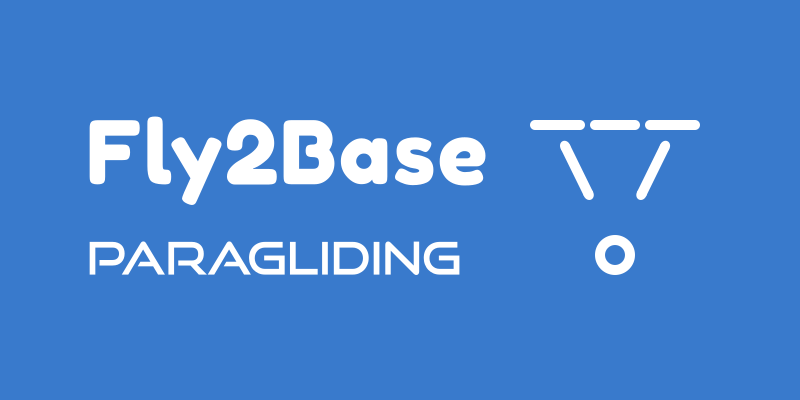Paragliding Experience Blog
How is Porcher Skytex 27 Classic II different from standard Skytex 27 Classic?
Posted by Martin Havel on
It might get ambiguous at times to understand what material has been used on your paraglider. There are often subtle differences in generations, models and treatments of each fabric. The Skytex 27 is currently considered as the lightest paragliding fabric on the market. The Skytex 27 CLASSIC has been initially developed for mountain lovers and ultralight paragliders, SKYTEX 27 CLASSIC has gradually found its place in the design of other paragliding. To follow its development Porcher Sport offers now a more comprehensive product line in order to meet the market demand for lighter weight paragliders. The Skytex 27 CLASSIC II is a...
Why is the length of paragliding lines changing?
Posted by Martin Havel on
Over time the length of the paragliding lines will change depending on the environment, style of flying and type of materials used for the lines. Paragliding manufacturers use two types of materials for the lines.
Regular SIV or ACRO Paragliding where to start?
Posted by Martin Havel on
What is EN 926 and what are the EN 926.1 requirements?
Posted by Martin Havel on
Garmin inReach Explorer+ or SE+
Posted by Martin Havel on
They are identical products offering exactly the same functionalities. The inside electronic components are exactly the same, the only difference is that Explorer+ offers Topological Mapping and SE+ doesn't have the Topological Mapping. If you need the topological maps then Explorer + is a better option. If you don't need a topological map then SE+ will do all that you need for your paragliding satellite communicator tracker.

